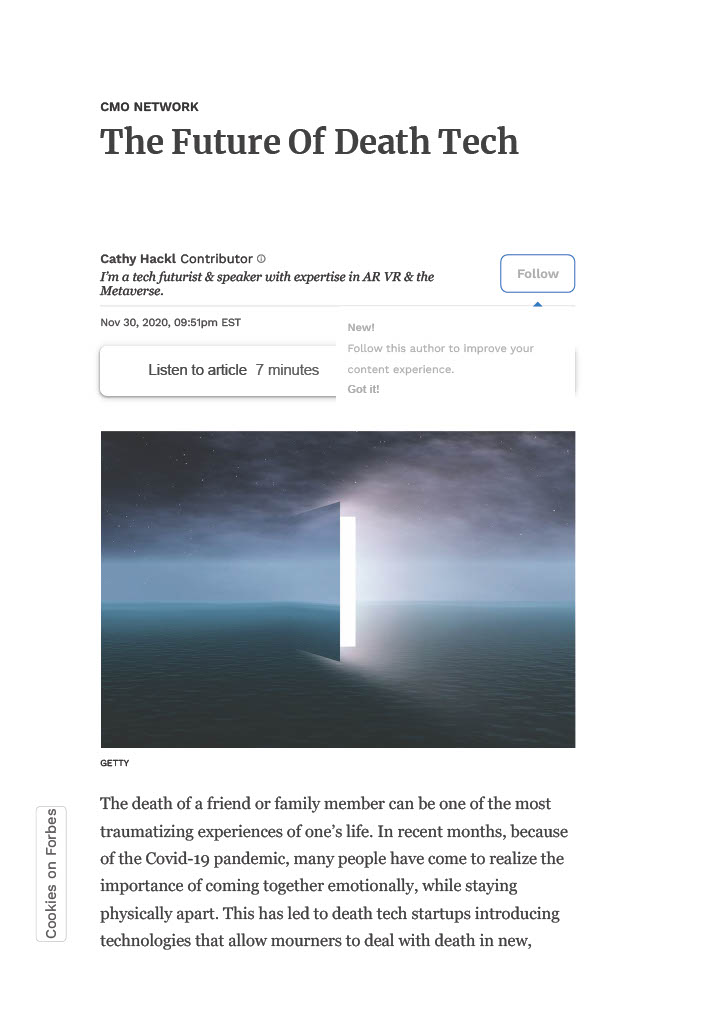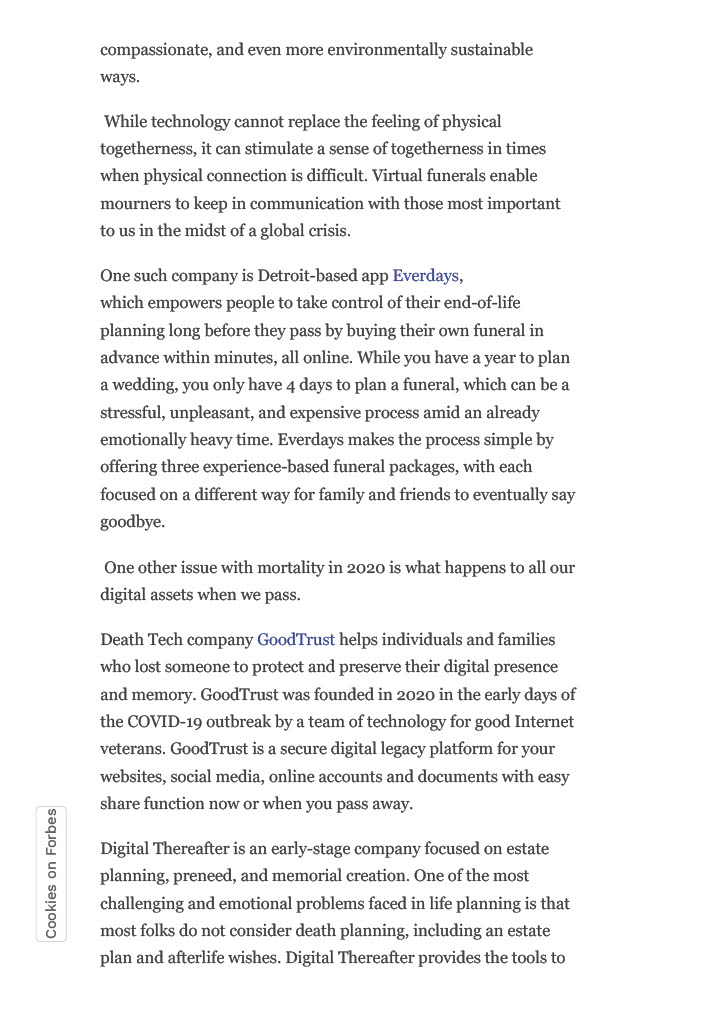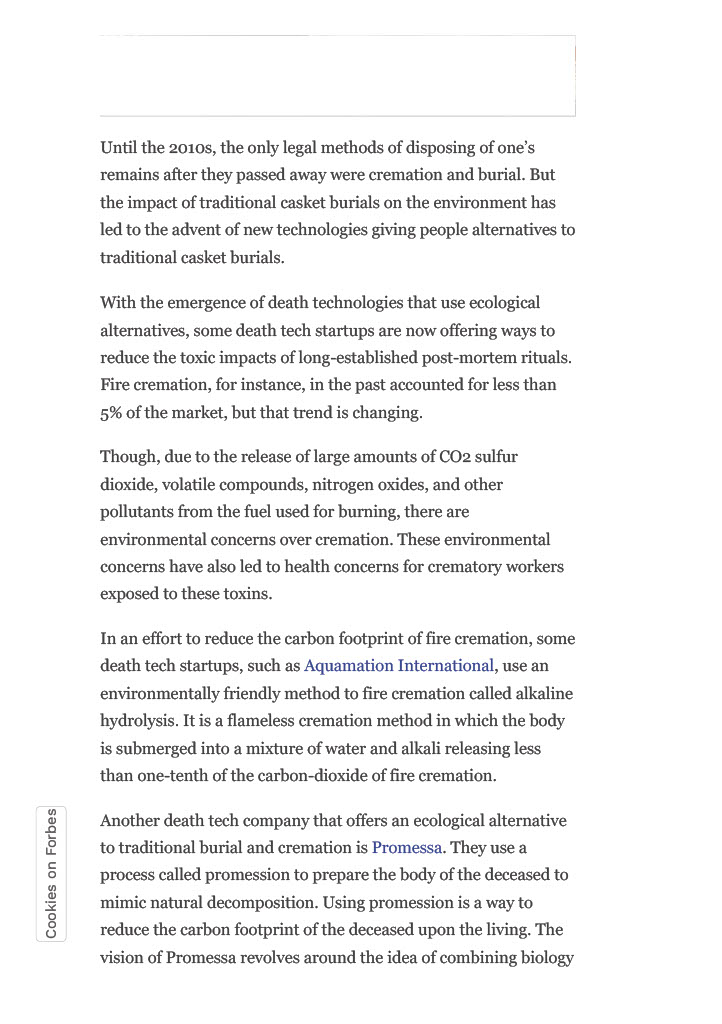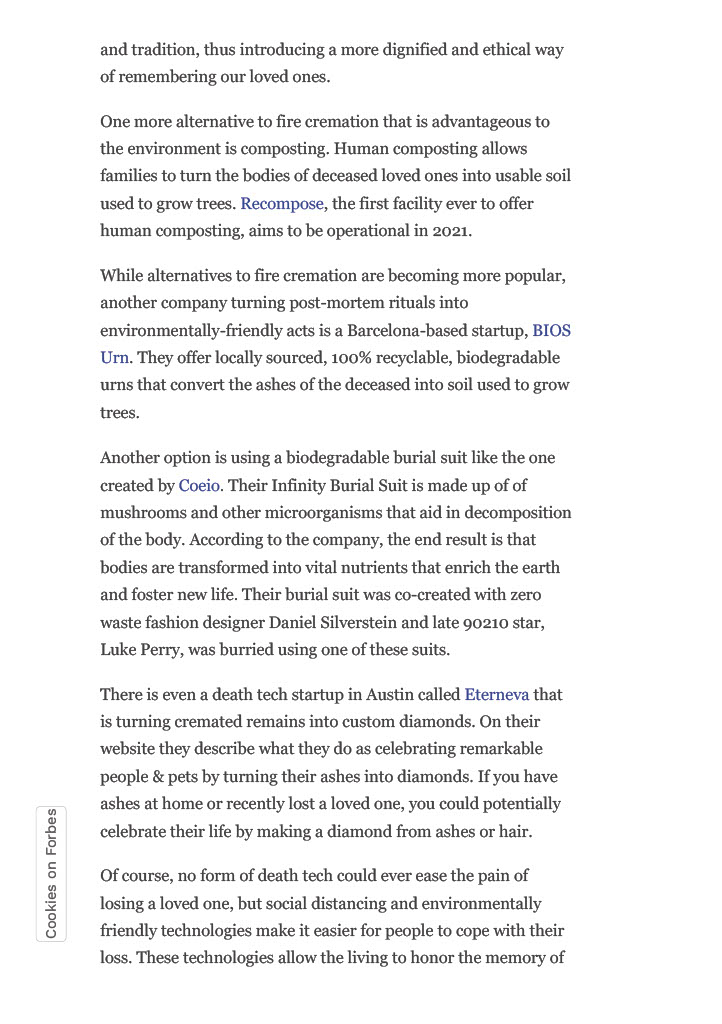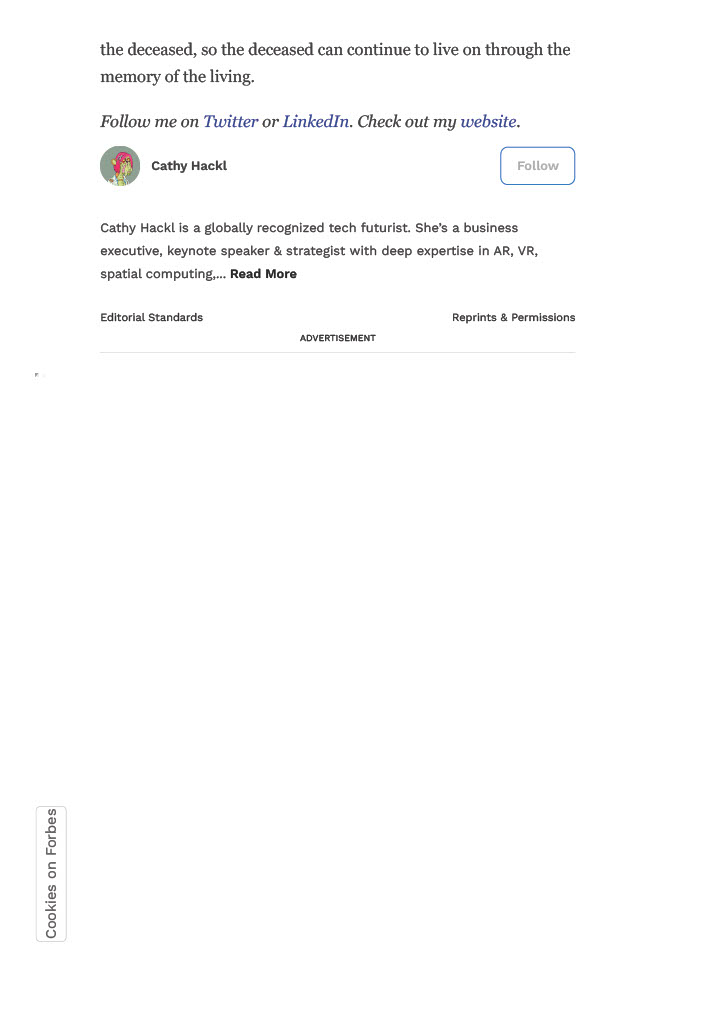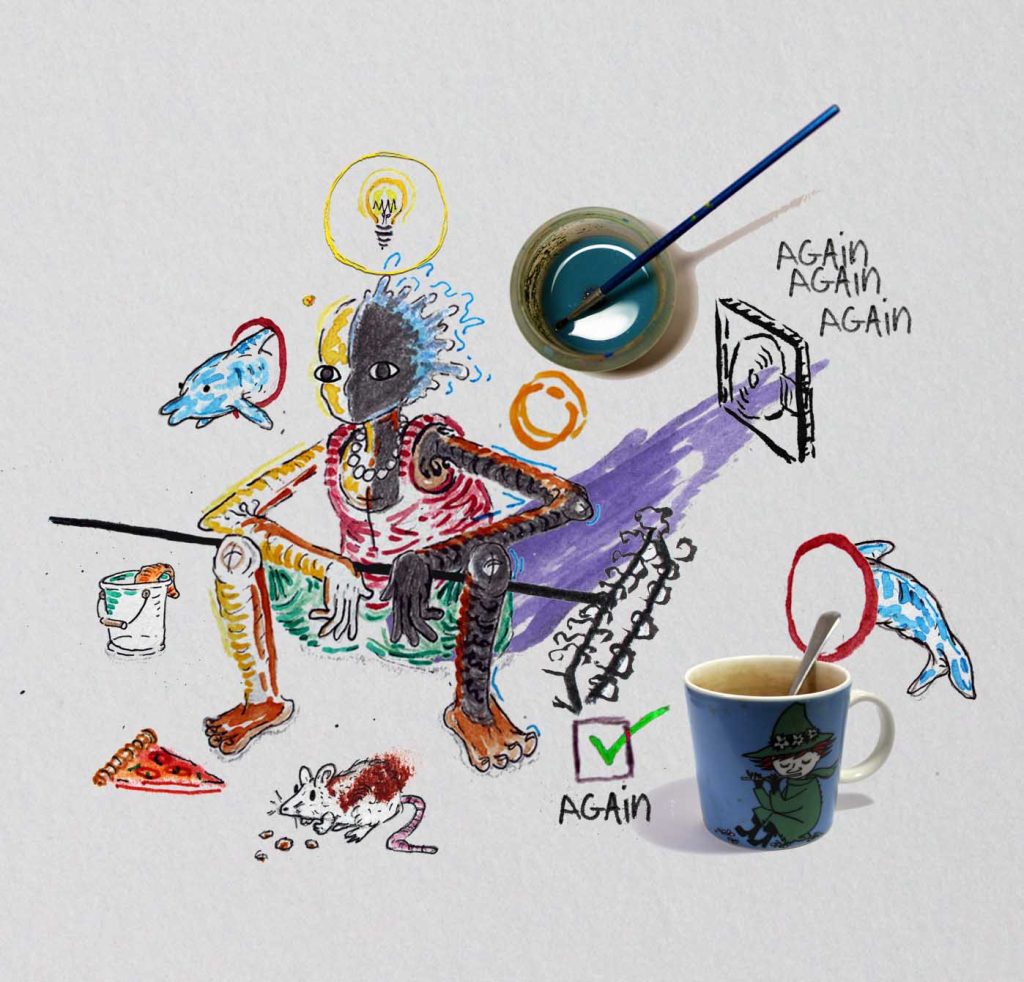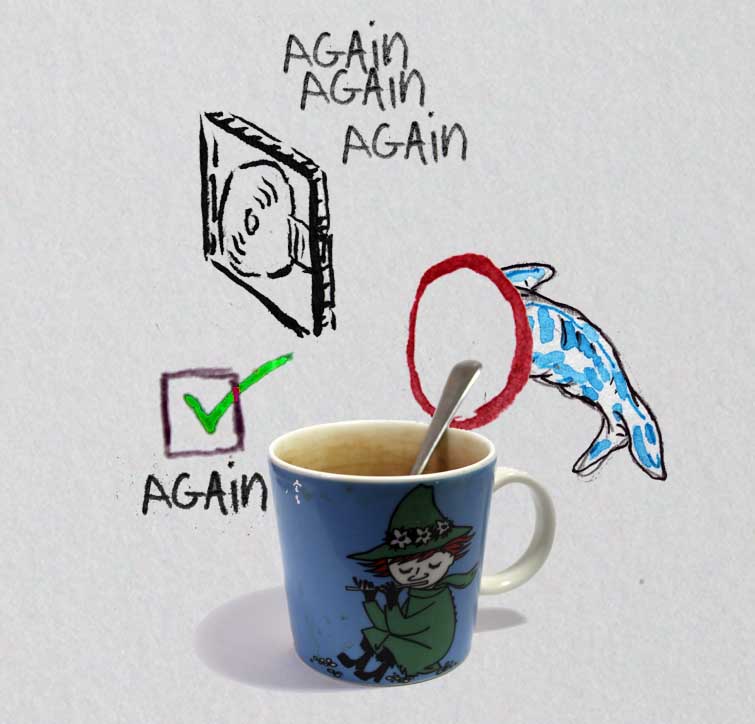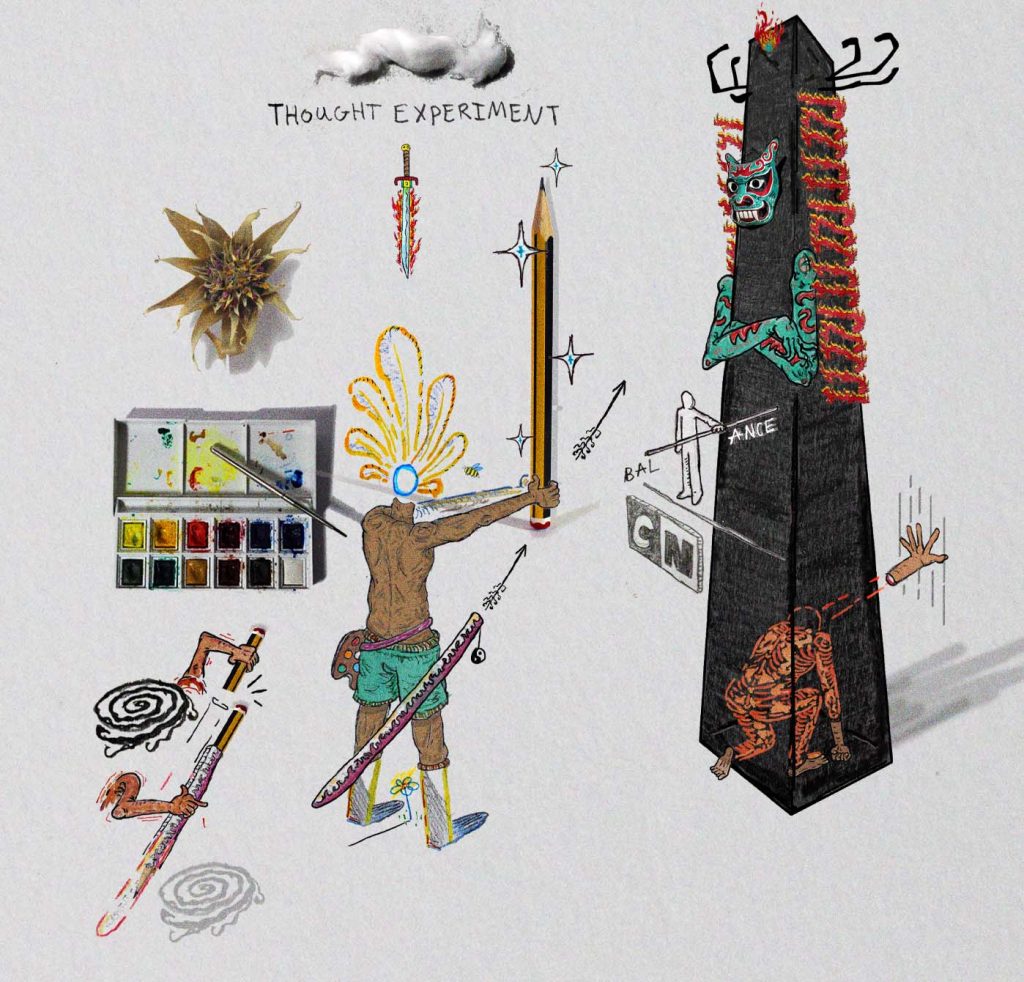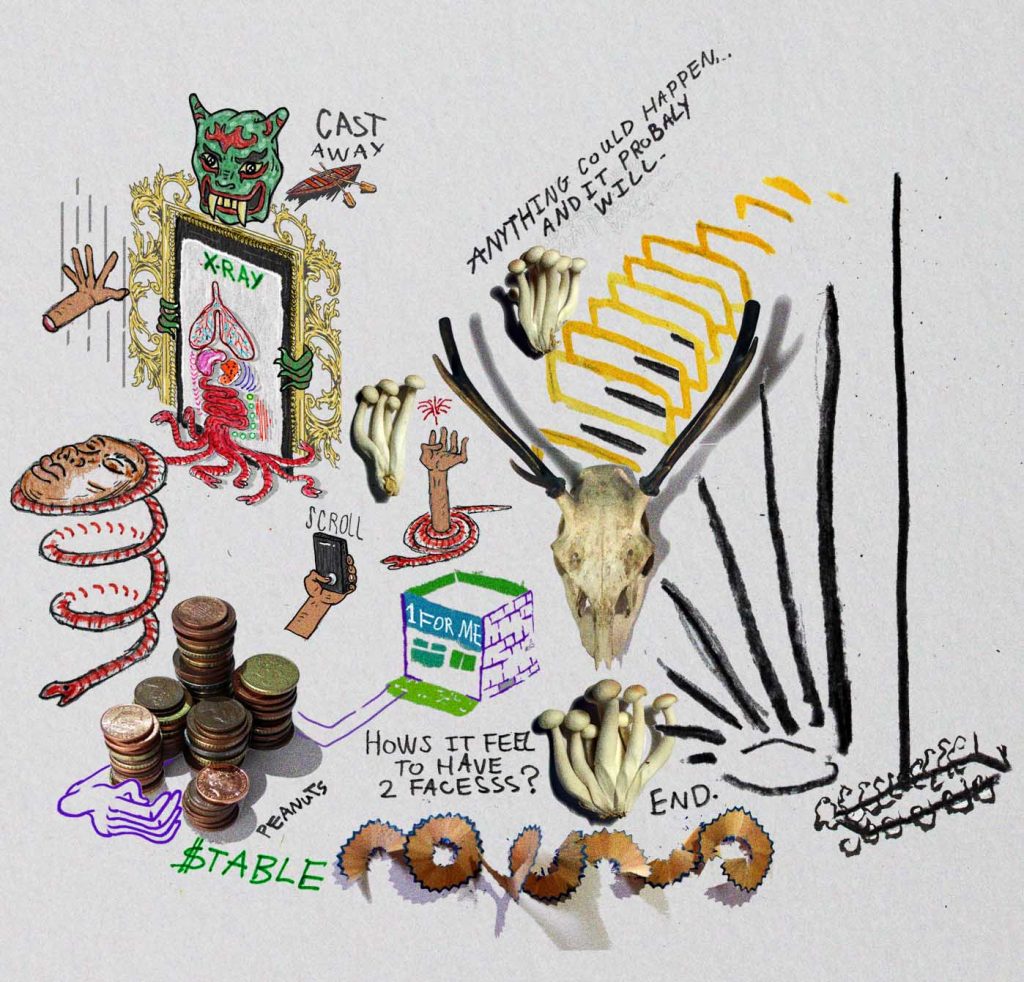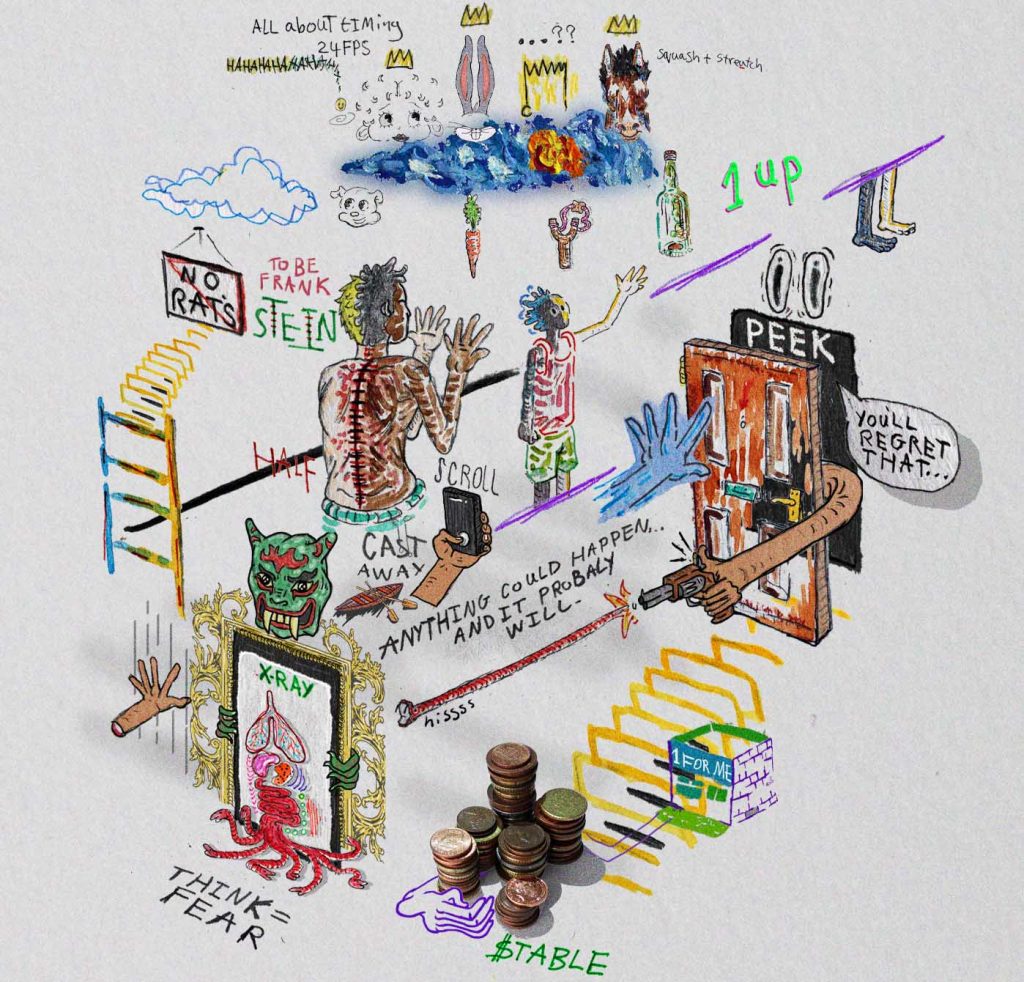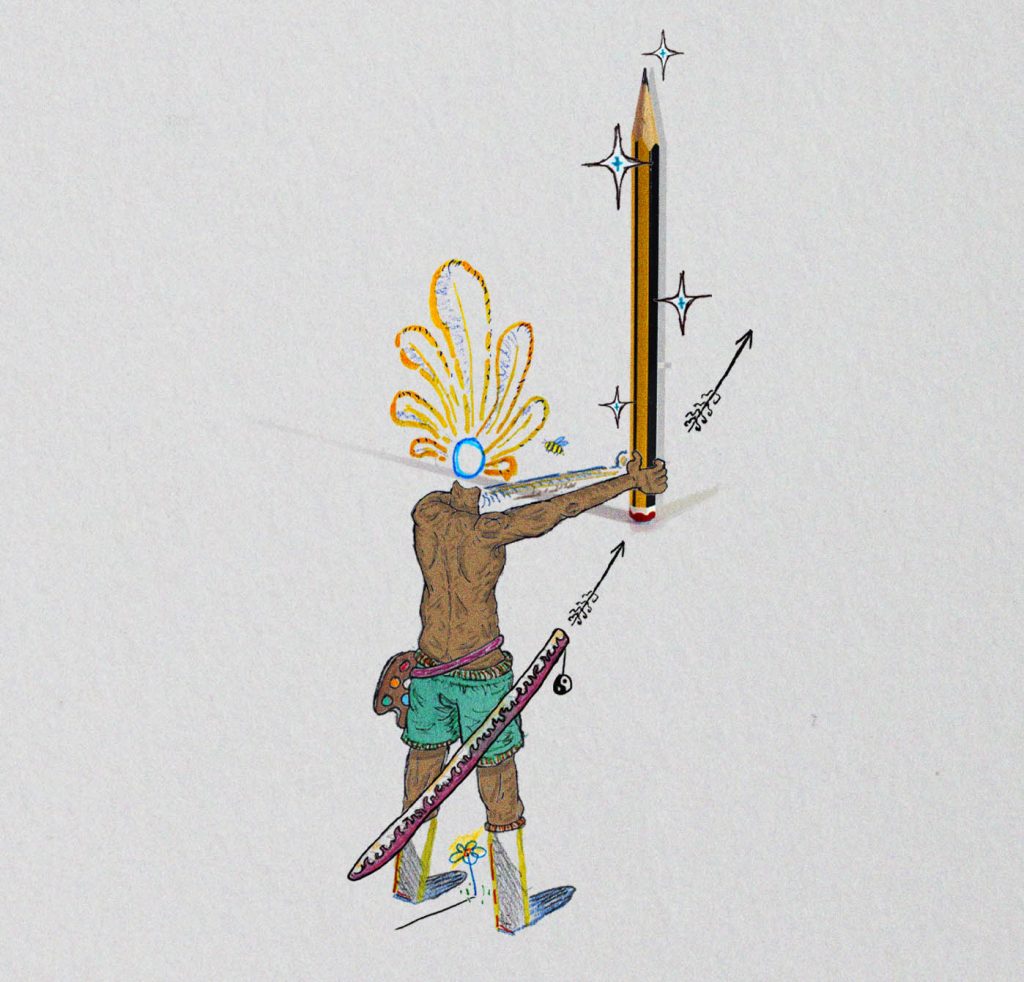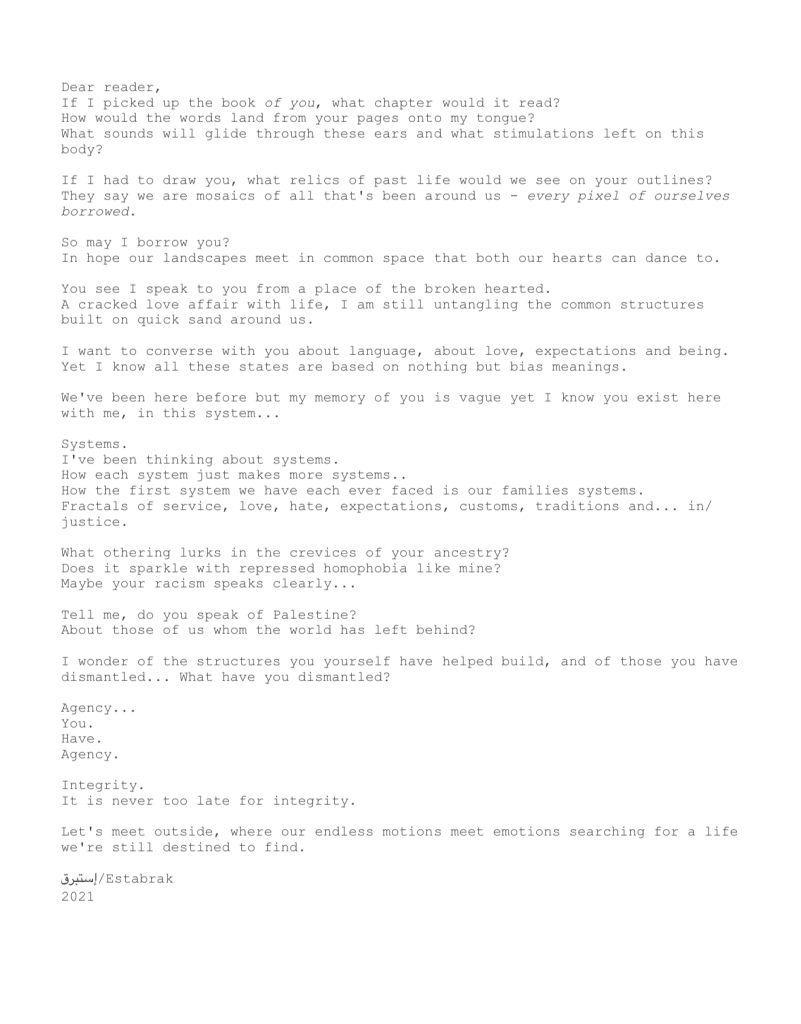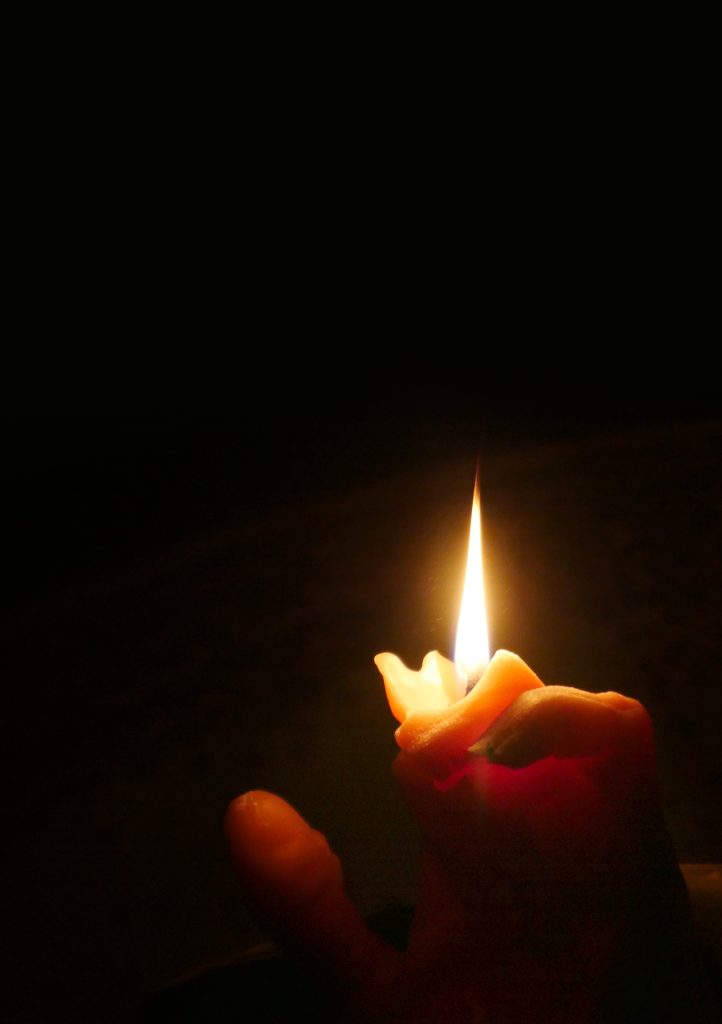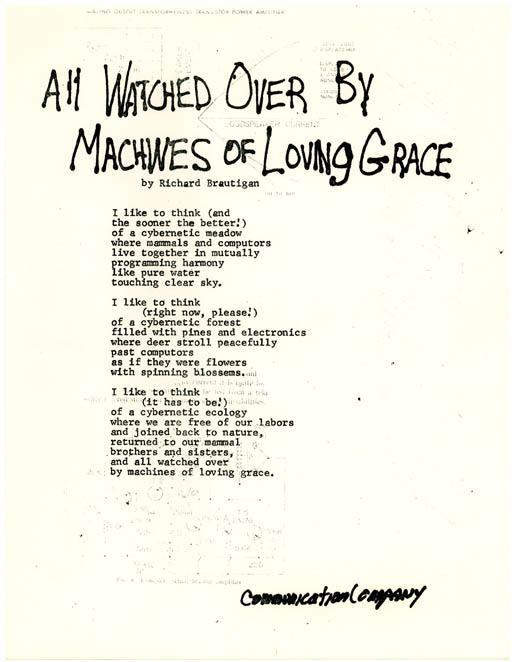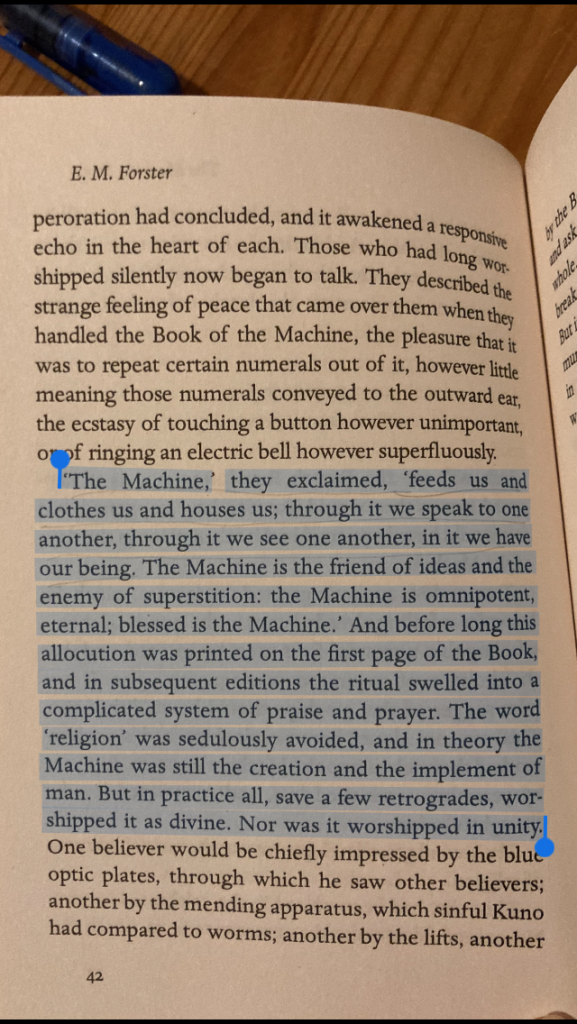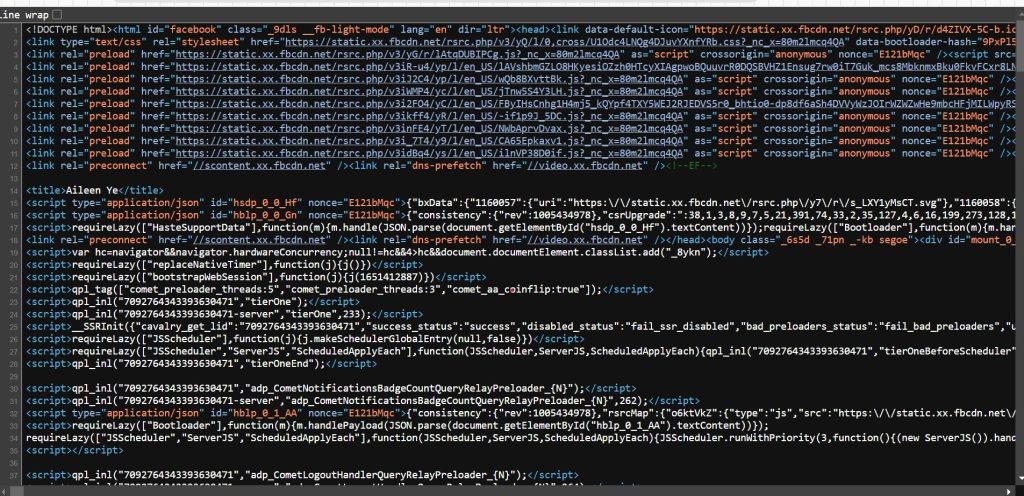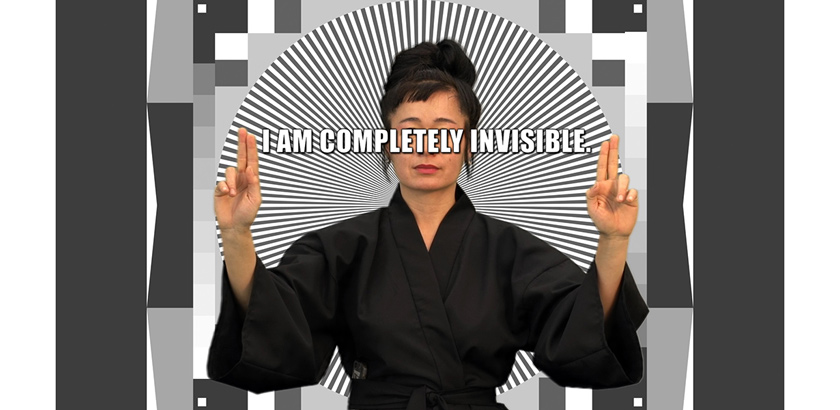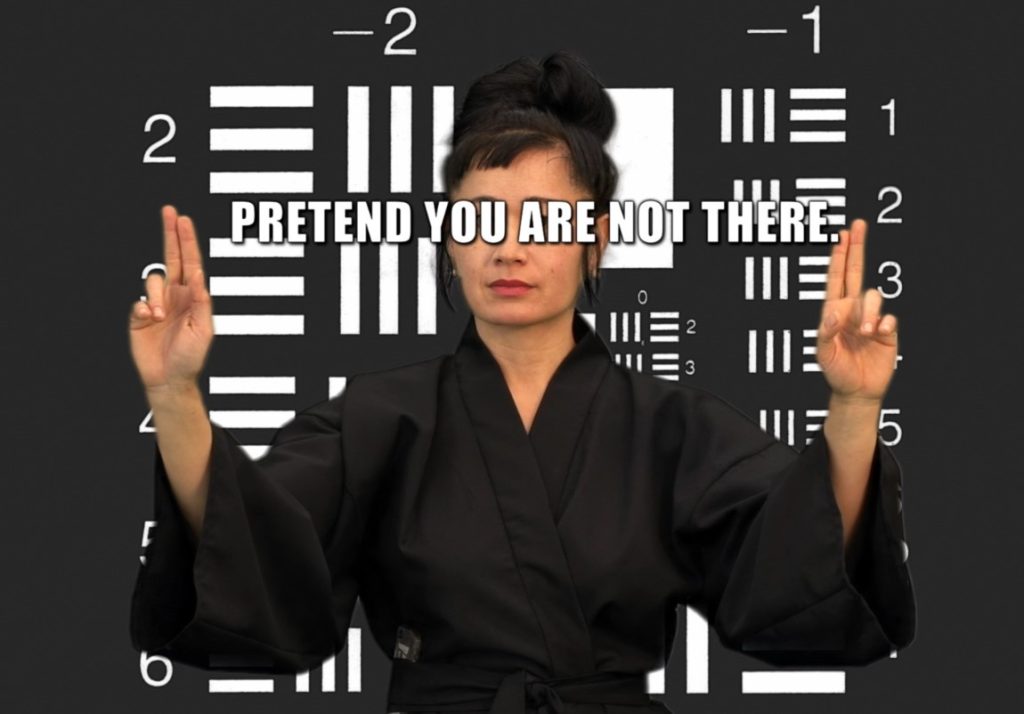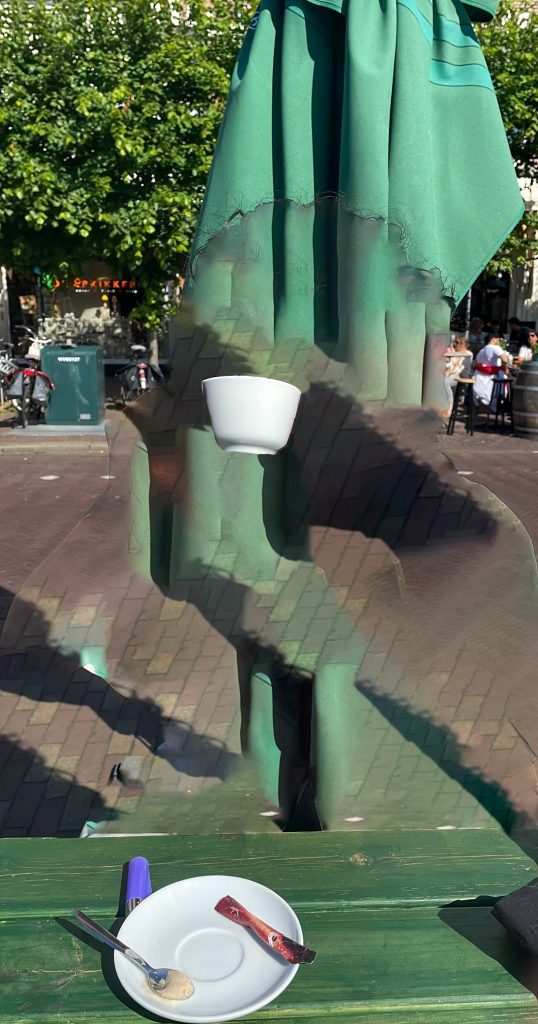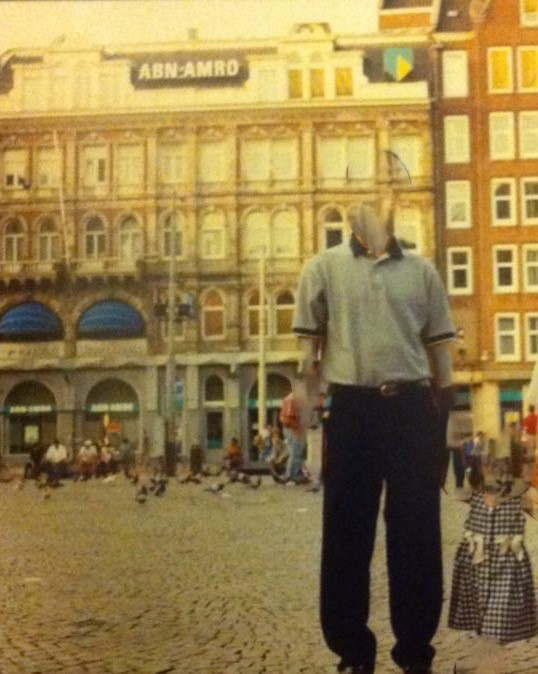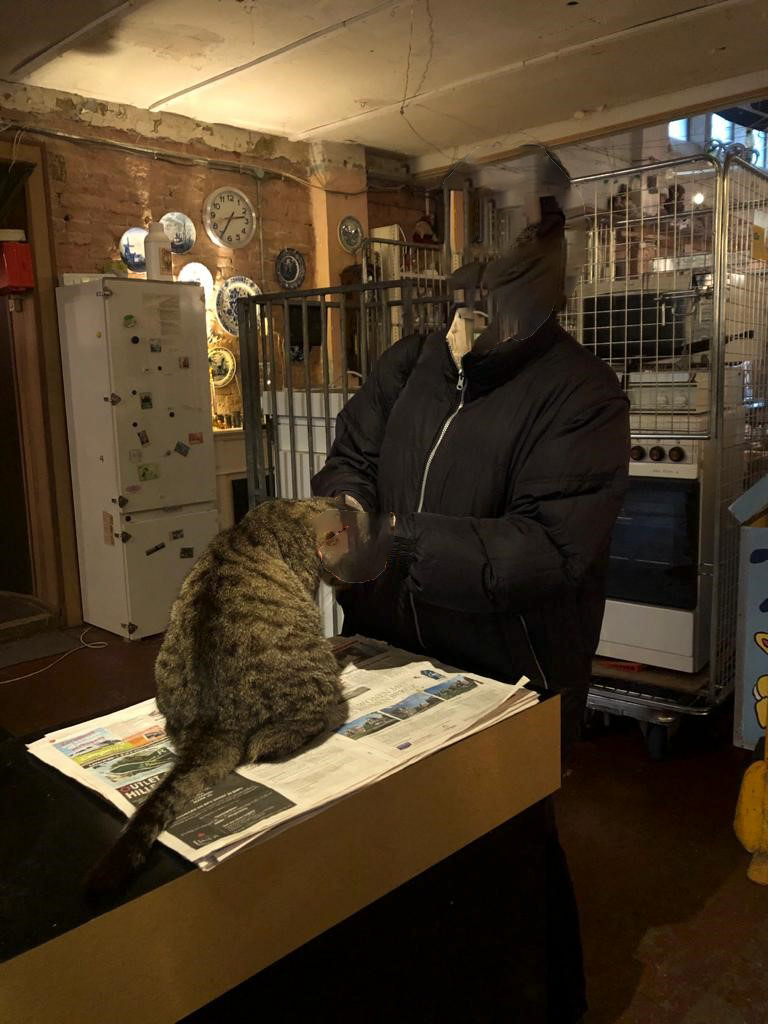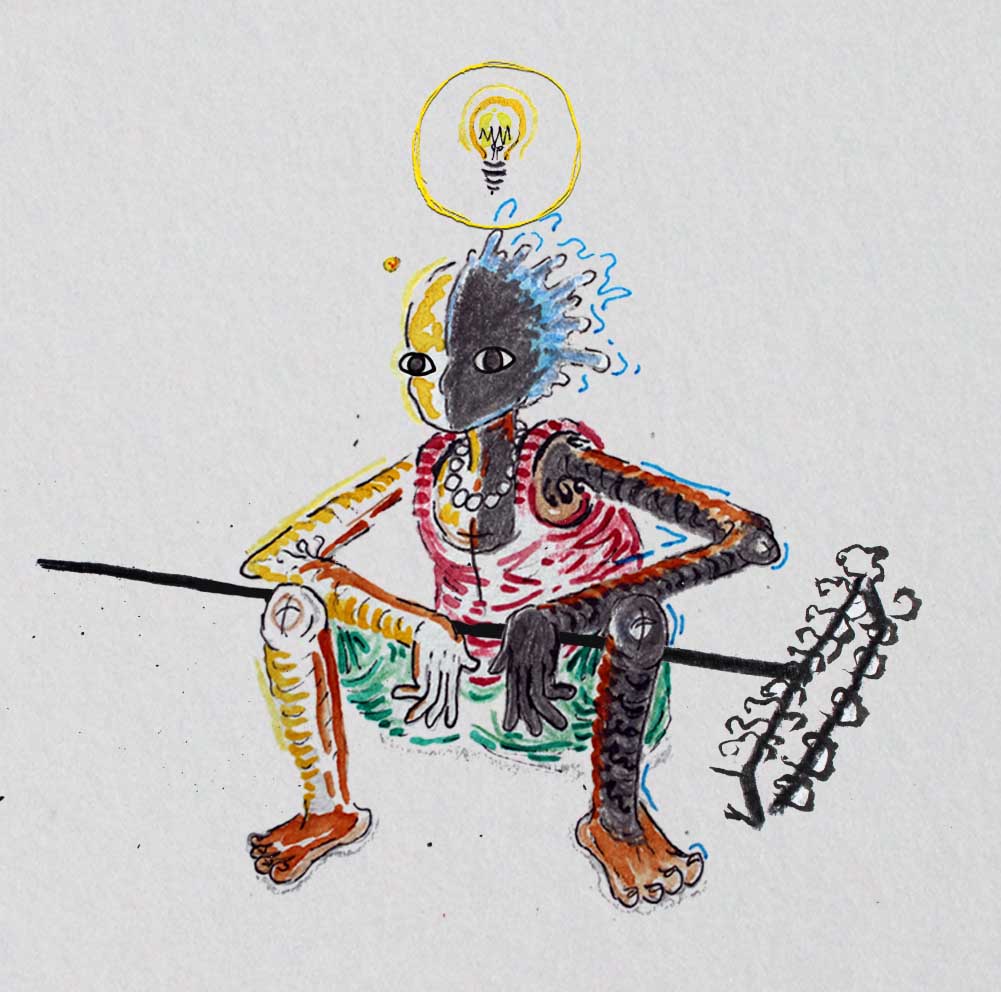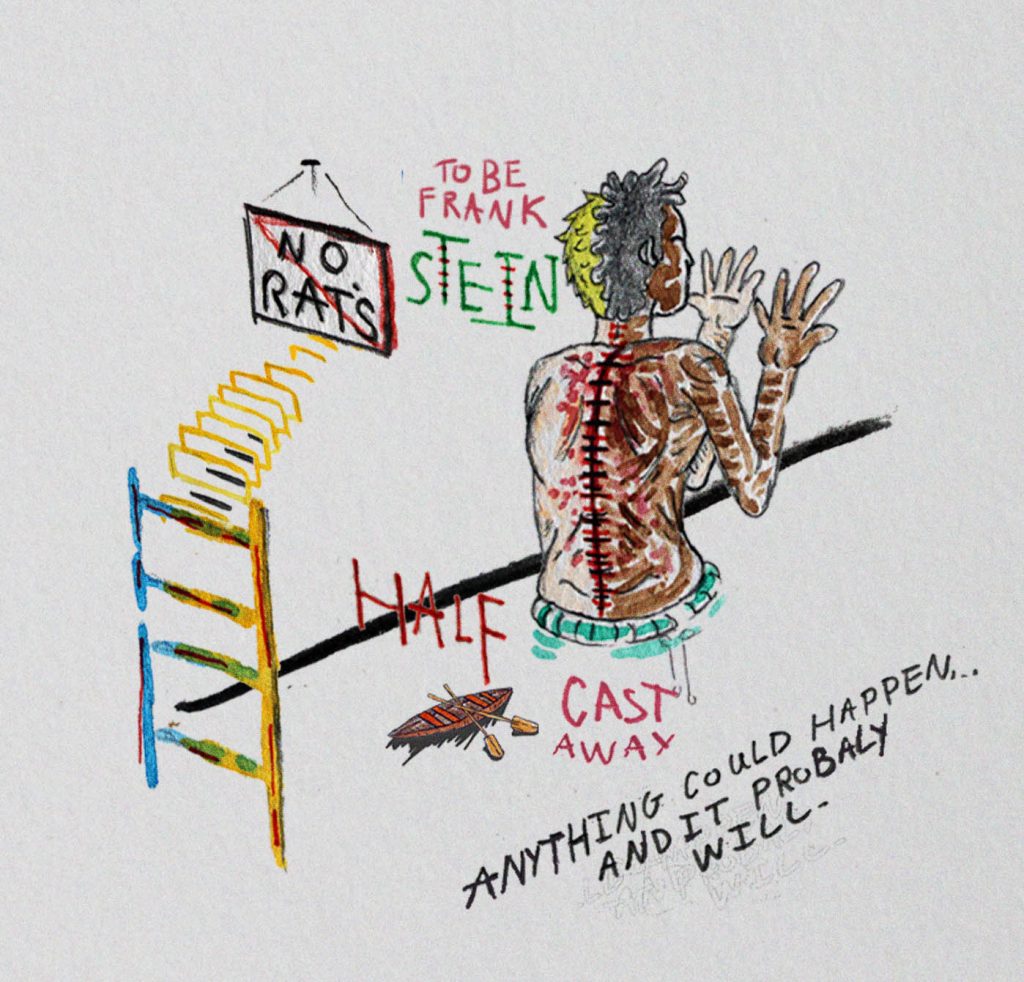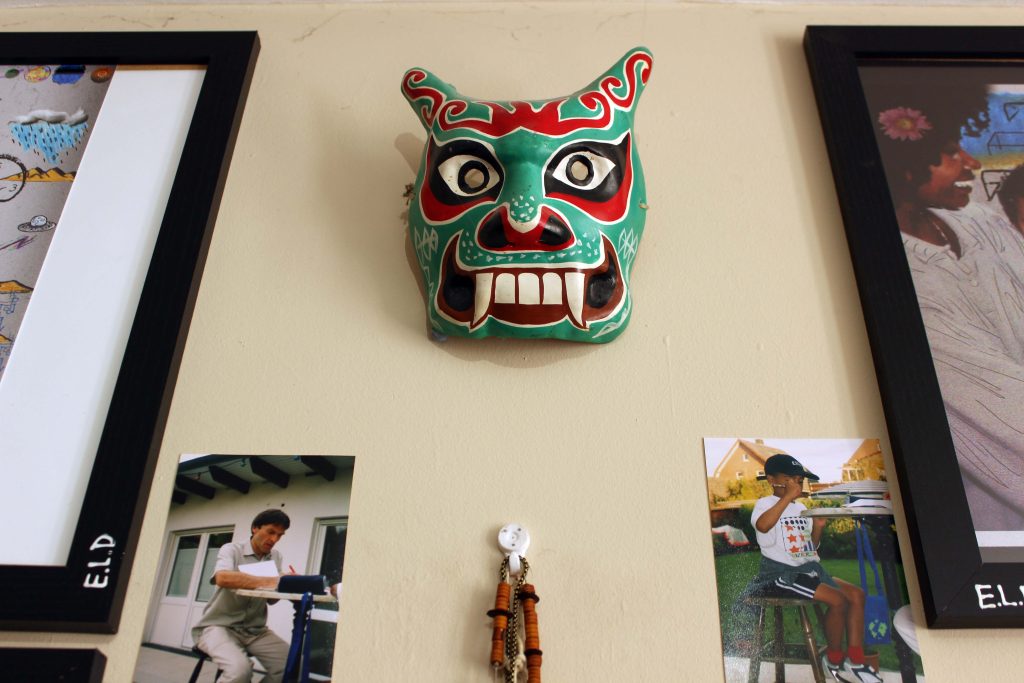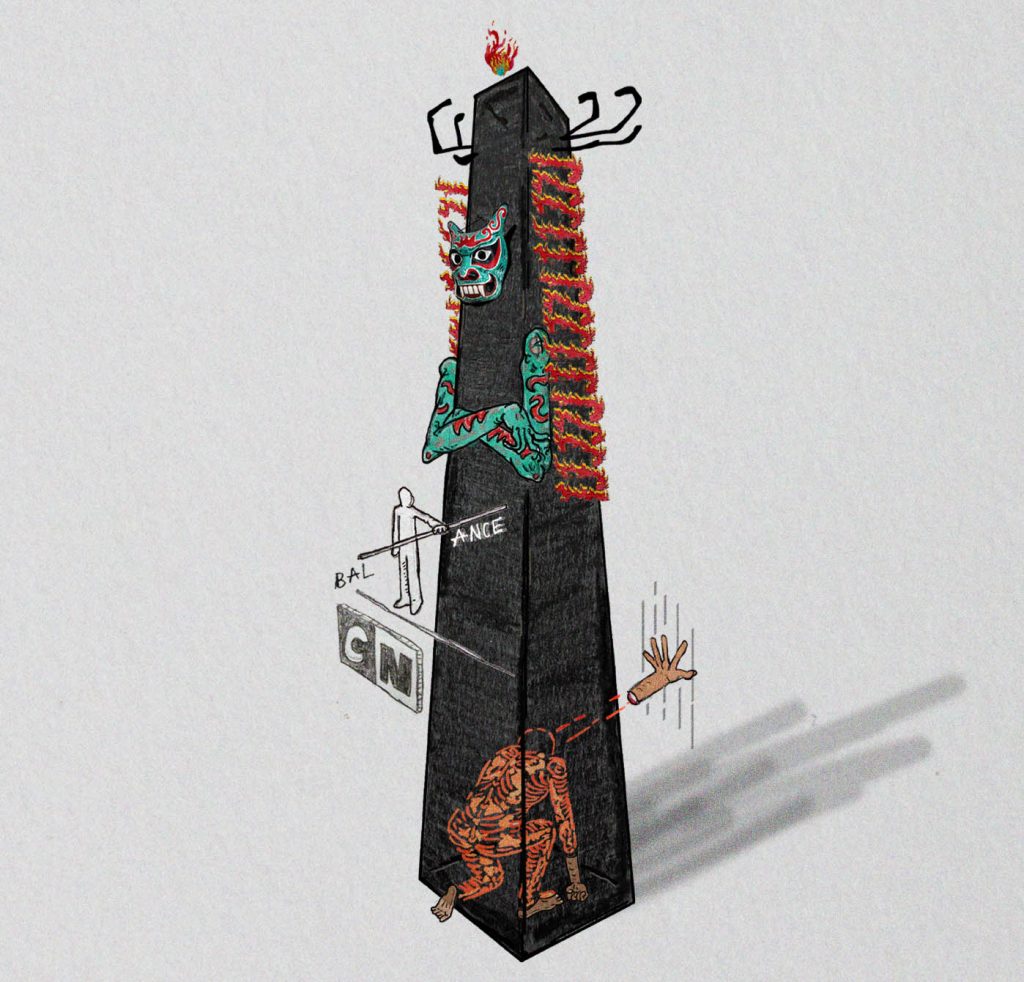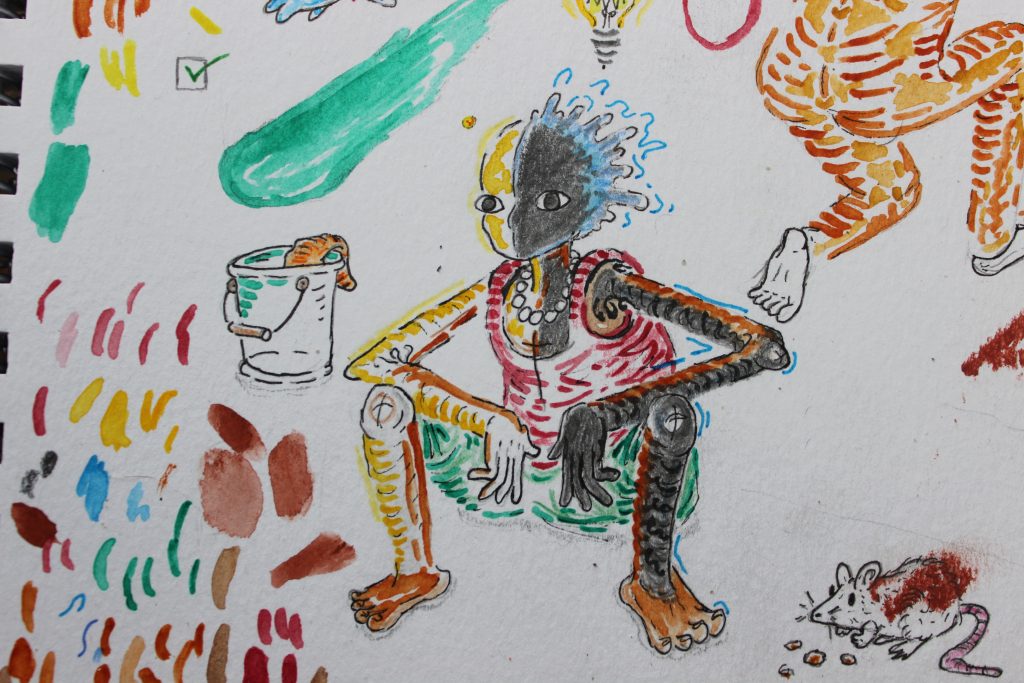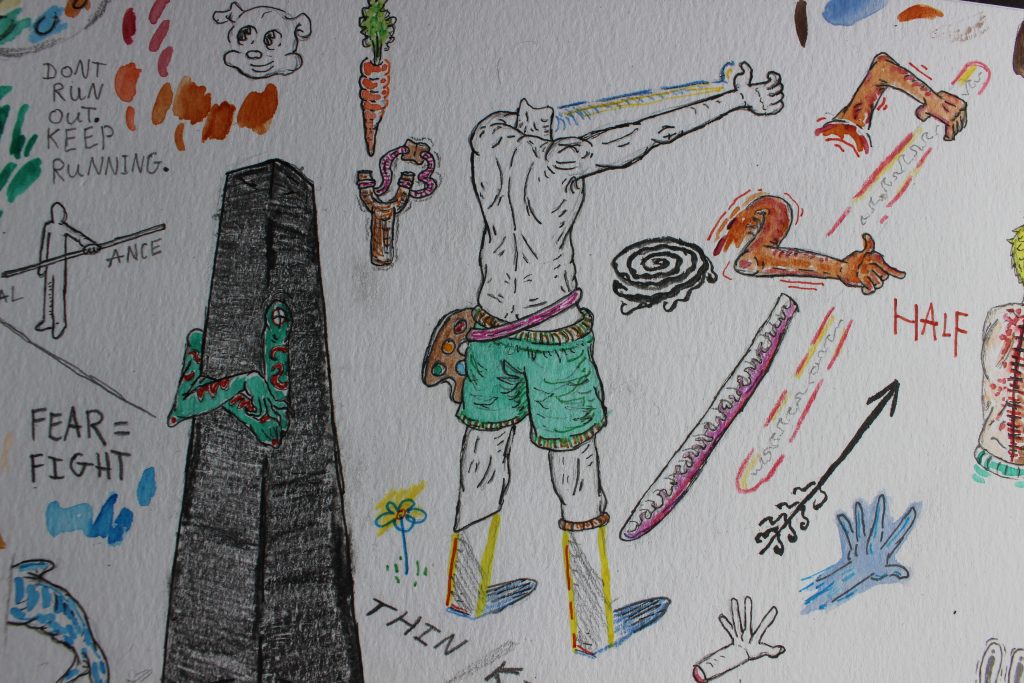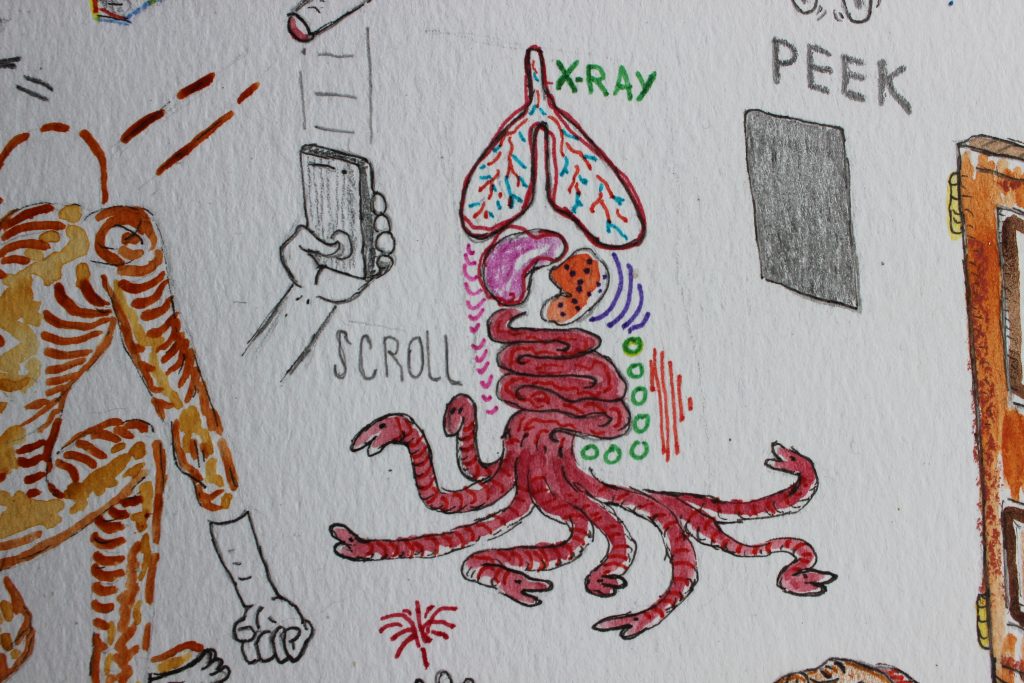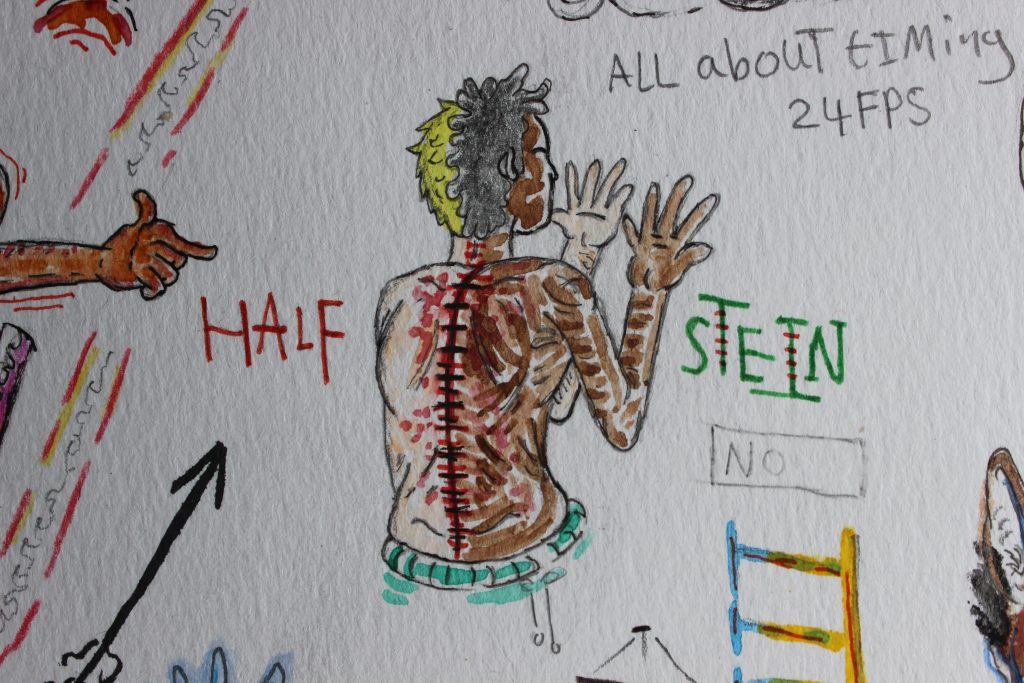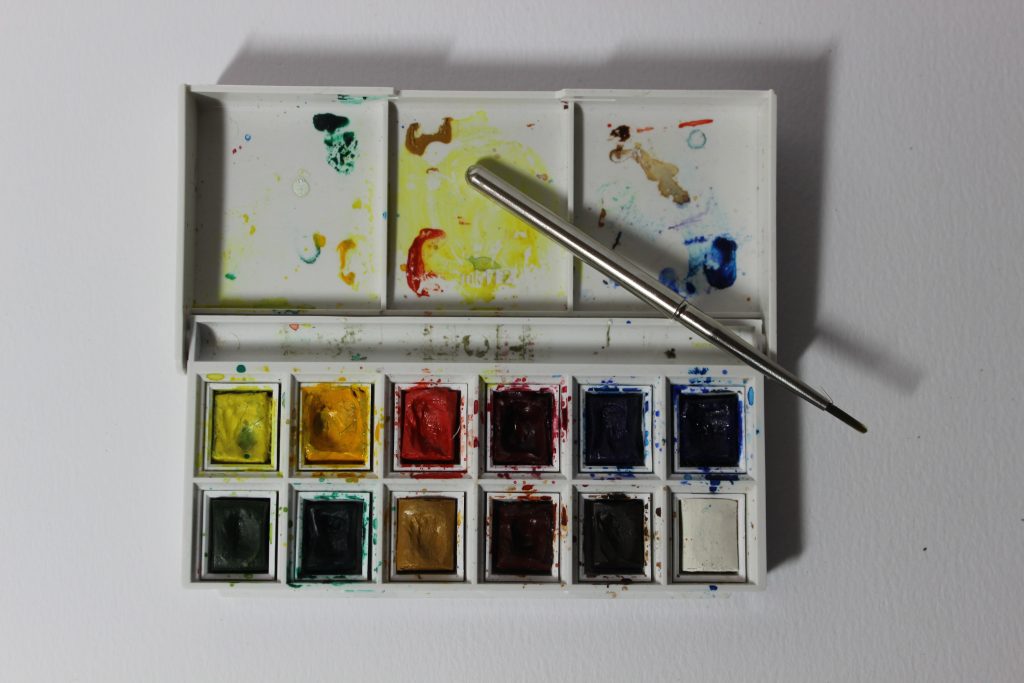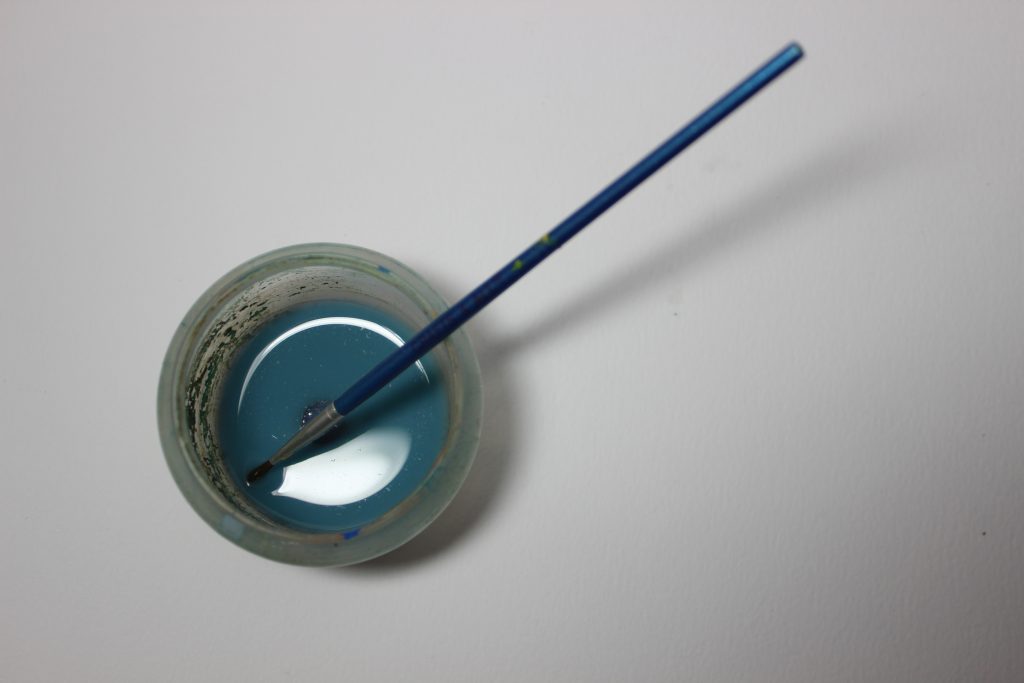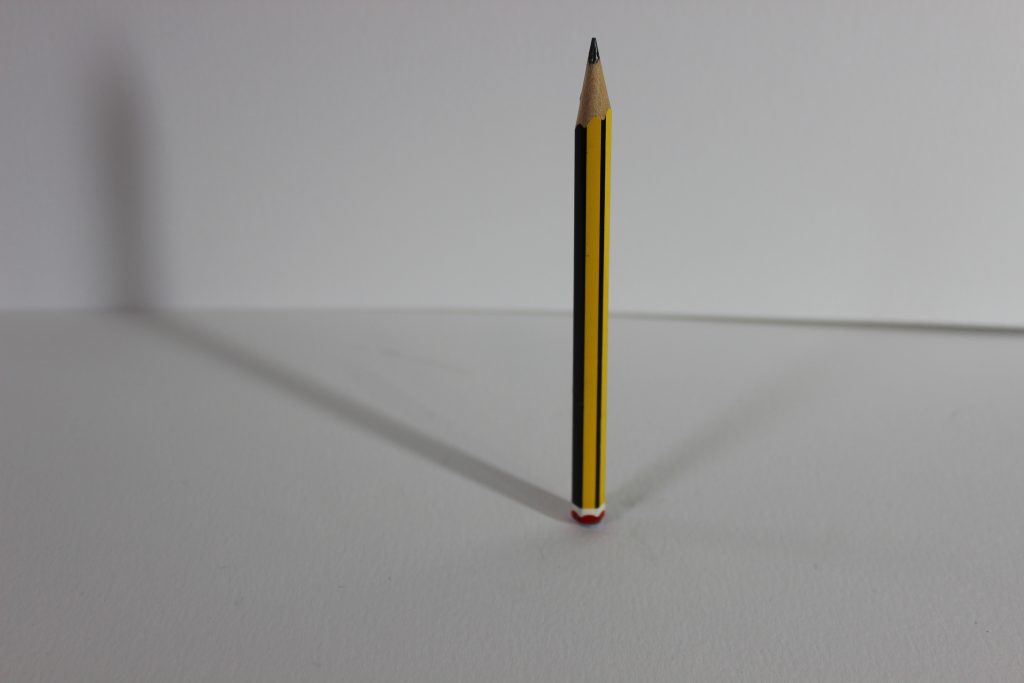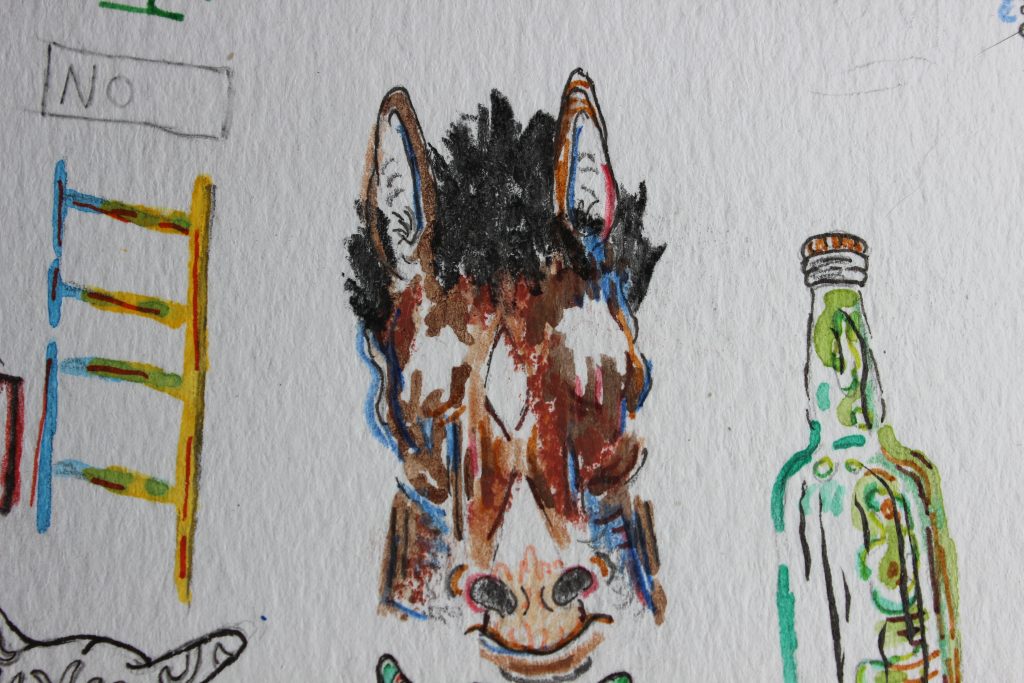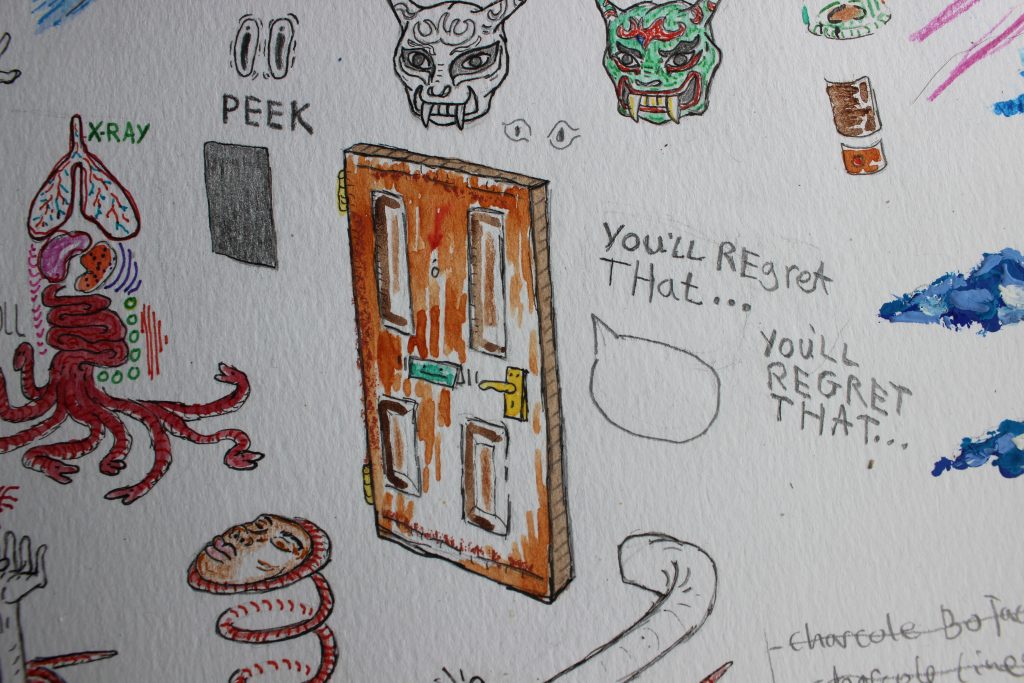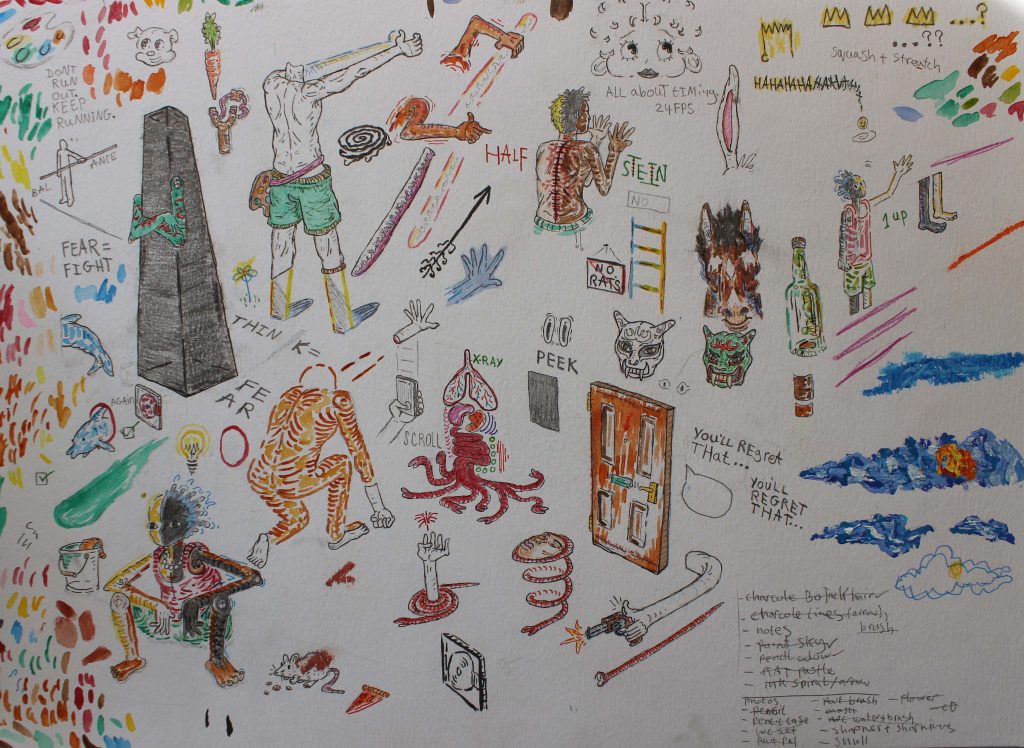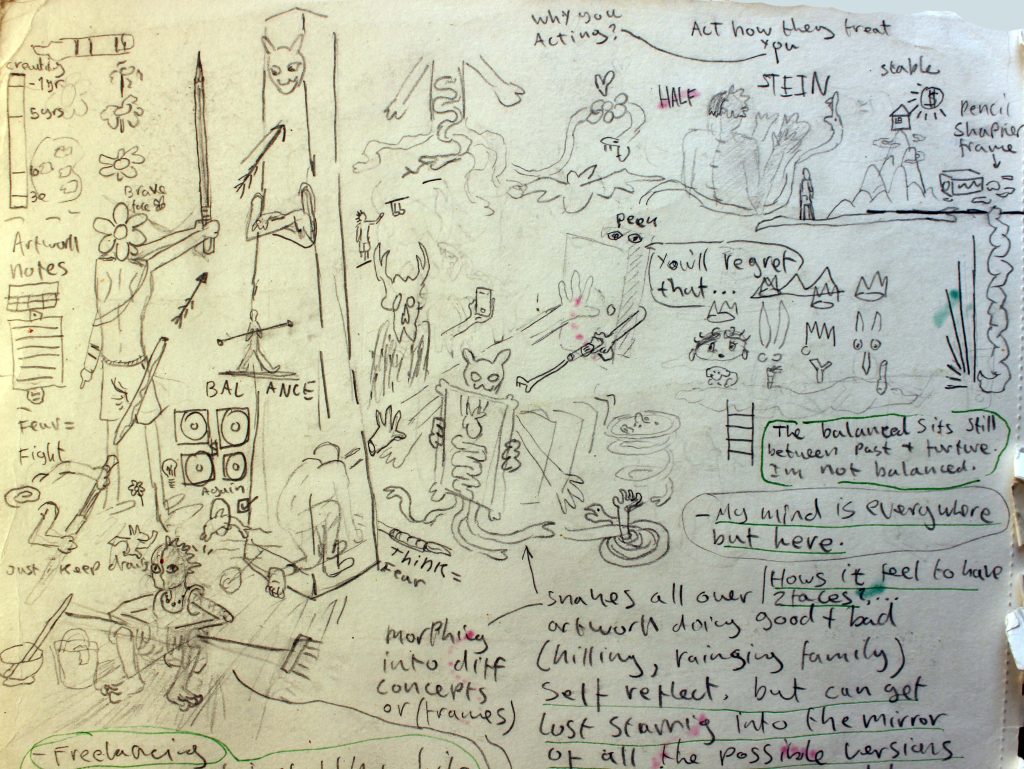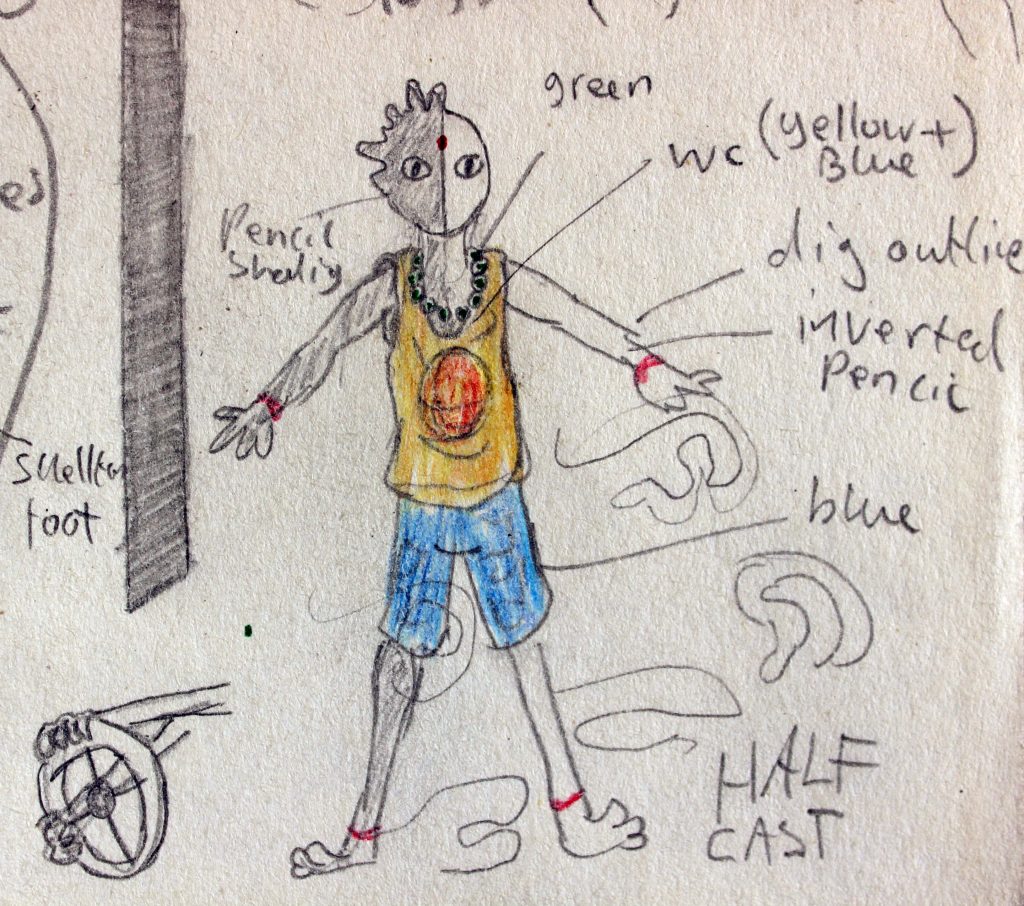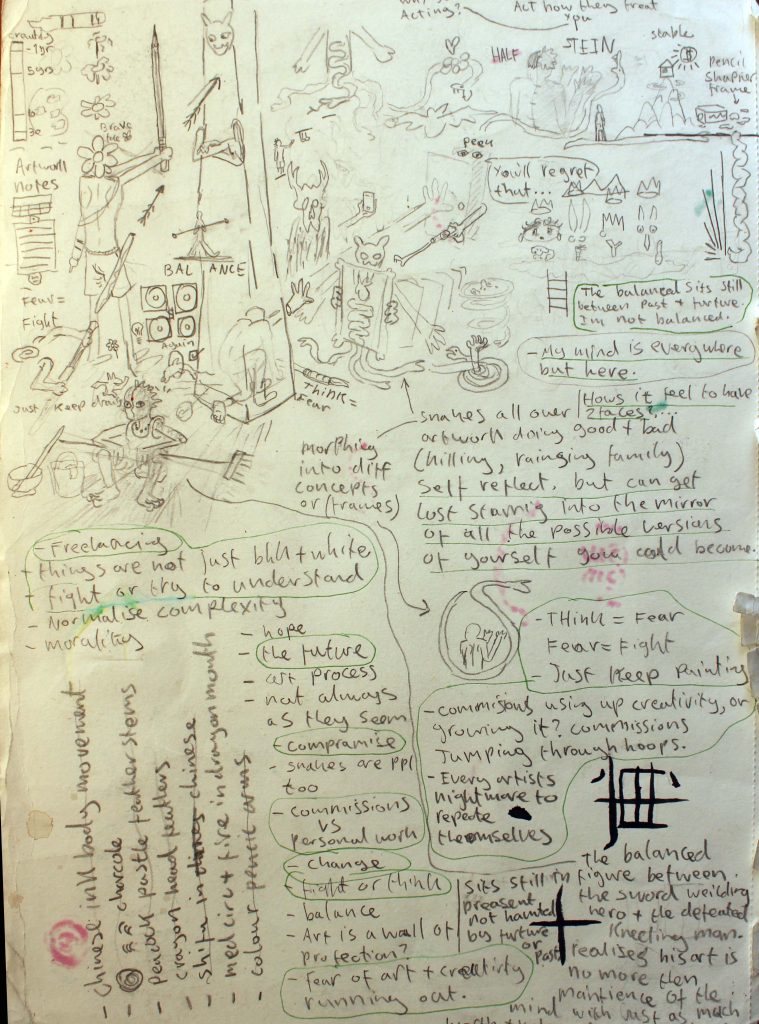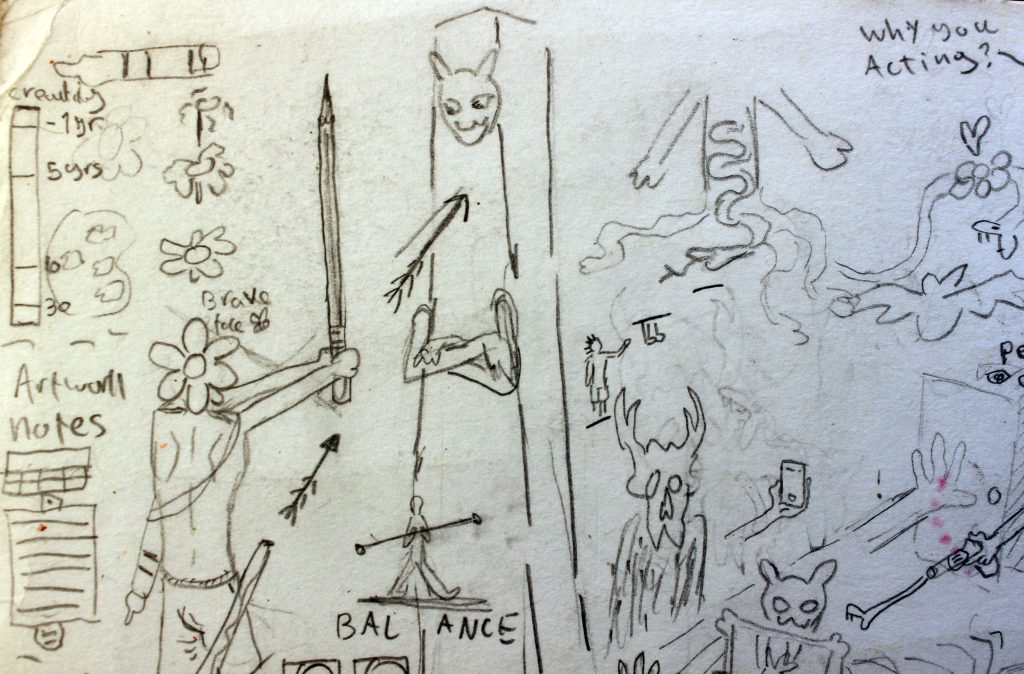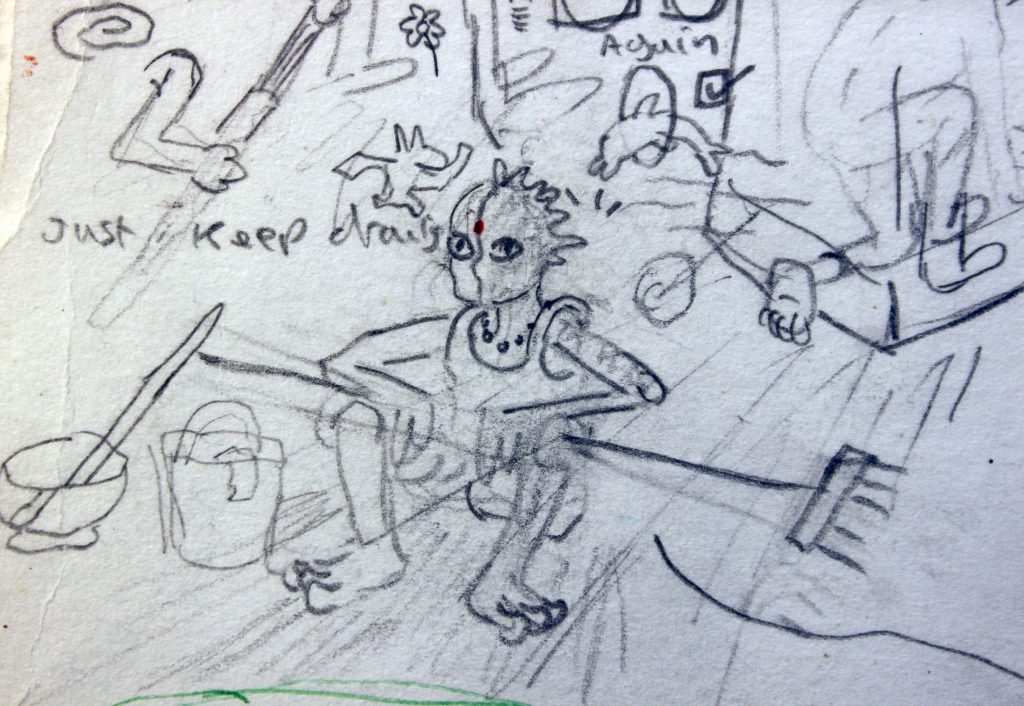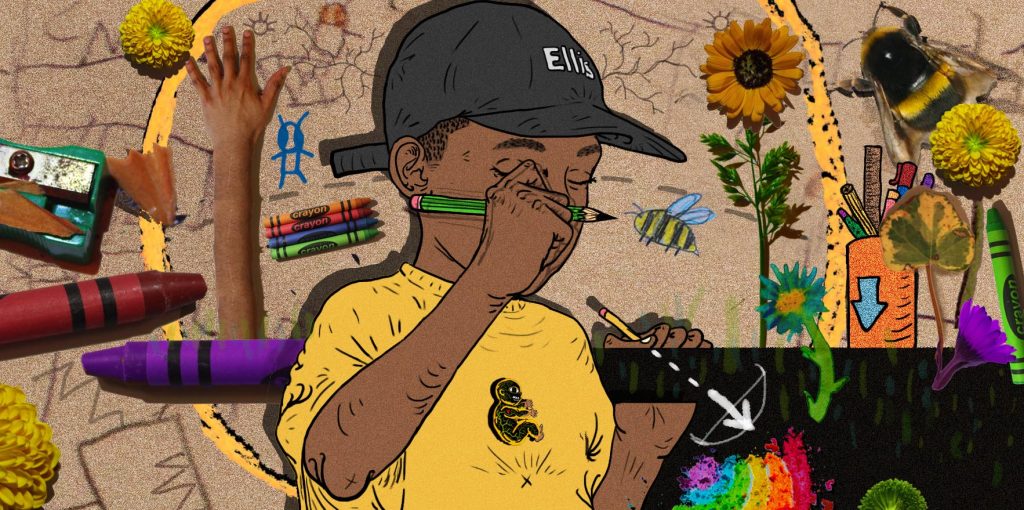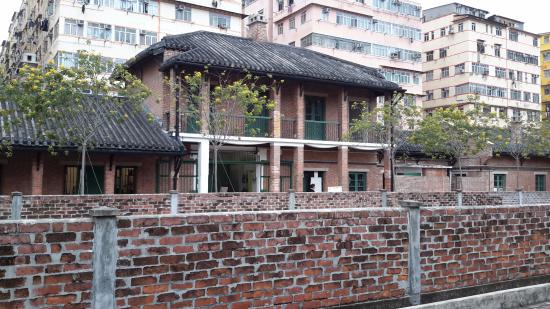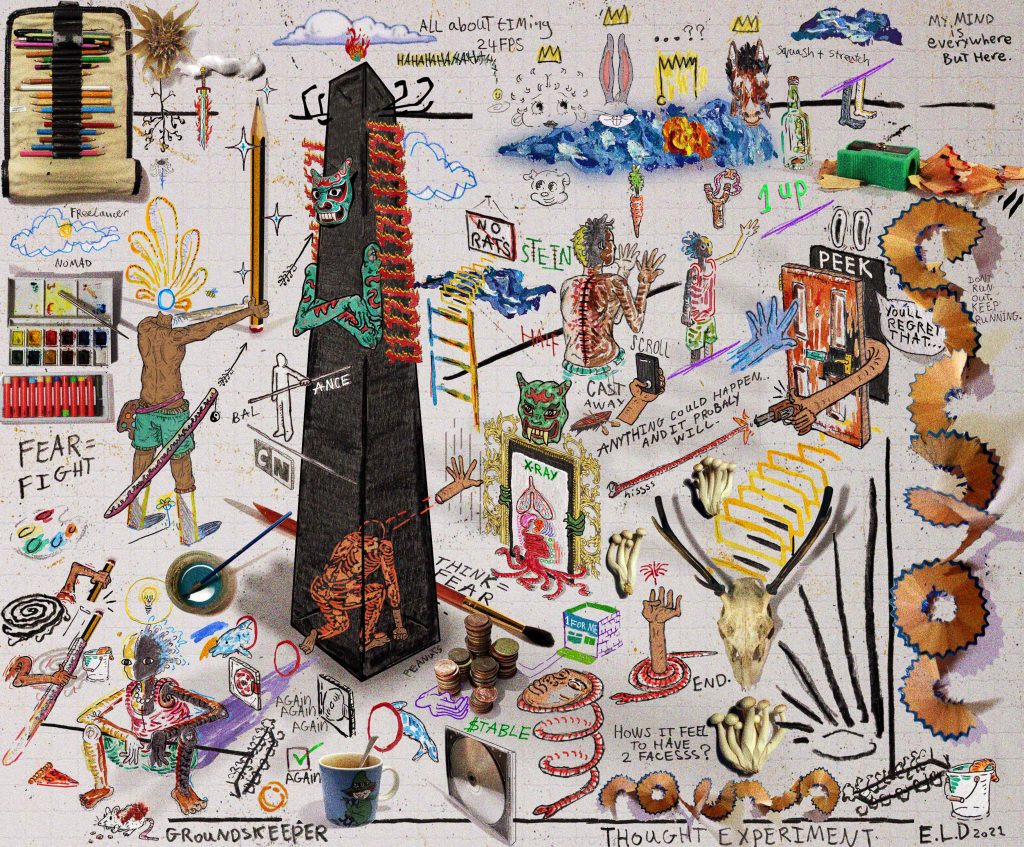
Often before starting a piece I’ll do a rough sketch with notes of ideas for it. Looking through these rough sketches I felt the end piece always lost some sincere venerableness that the early sketches had, as if I was uninhibited knowing no one would ever see these rough takes. I wondered what a balance between the sincere sketches and polished final artwork would look like. Which is where the sketchy erratic almost unfinished feel to the piece came from. This piece is like a visual diary, a live stream of my thoughts at the time, even going as far as including the tools I used to create the piece, as if this was a blank canvas I was projecting my thoughts on to. While creating this piece I felt off balance, thinking back to regrets of the past, or worrying about the future instead of being balanced in the present moment. being a self employed artist comes with many pros and cons which I explored in this piece. The main type of commission I work on are album artworks for musicians, these artworks need to be the perfect square to fit the size of the album cover, I started to feel boxed in my this same type of canvas with fears of repeating myself, using up my creativity on others work, losing love for what I do, but needing to make money. Even with my personal artworks, I wondered if I was creating as a distraction so I didn’t have to stop, be still and just think. I felt I was in a never ending cycle with all these different versions of myself (the freelancer, the artist, past and future) all colliding in an anxiety filled mess. despite this piece being personal, I felt drawing myself would instantly make the piece about one thing. me. But I wanted anyone to be able to project themselves onto these figures, which is why I often leave faces quite abstract to detach any one identity. Identity was another thing I was thinking a lot about, and how being a POC growing up in England is a kind of psychological obstacle everyone has to go through. Growing up being taught to love and respect a culture that doesn’t do the same back, and how it can create inner conflict from early ages. Despite going to some fairly dark and painful places with this piece, It still has a fun childish energy about it. Often when I’m working I feel I’m doing a balancing act between my inner child who’s the artist and my inner adult who’s the editor that cuts the fat and gives the piece more intention. So I think this childish optimistic feel comes from me naturally not taking myself too seriously, wanting to create art to be fun, enjoyed and give the viewer the feeling of being a child looking at something with curious wide eyes. Despite art being tired up with all these different aspects of my life like my work, passion, self worth, identity. Creating this piece reminded me to just enjoy/embrace the process and have fun with it.
